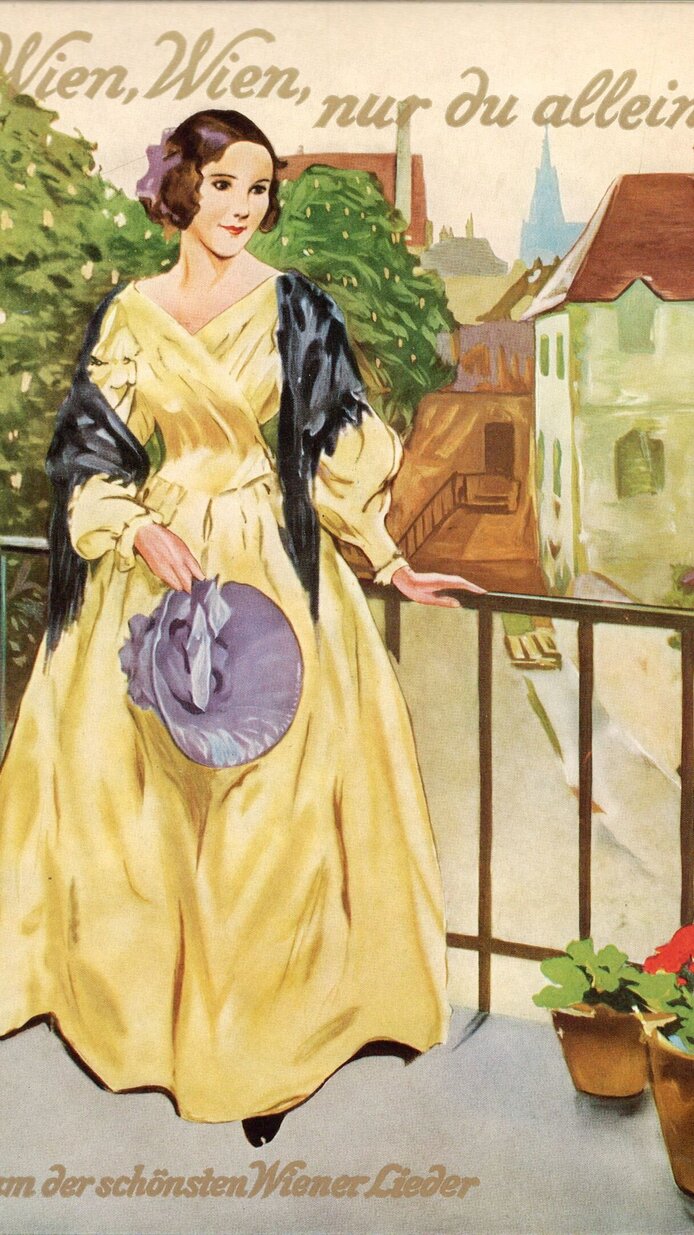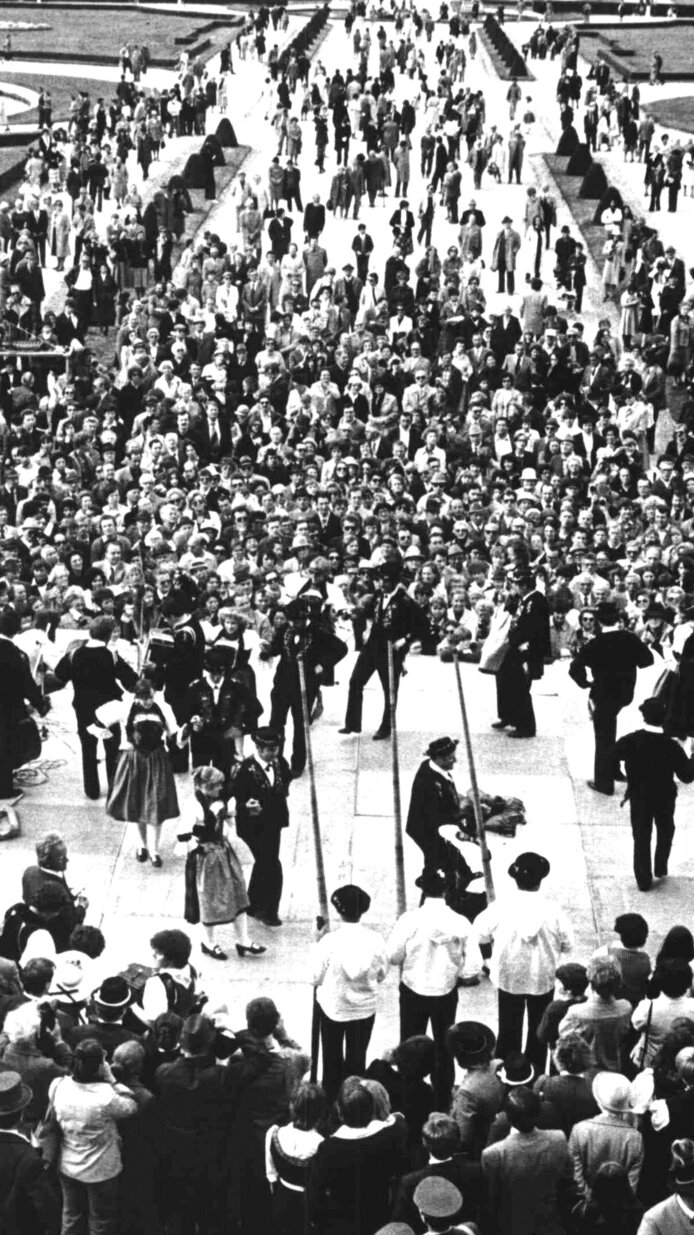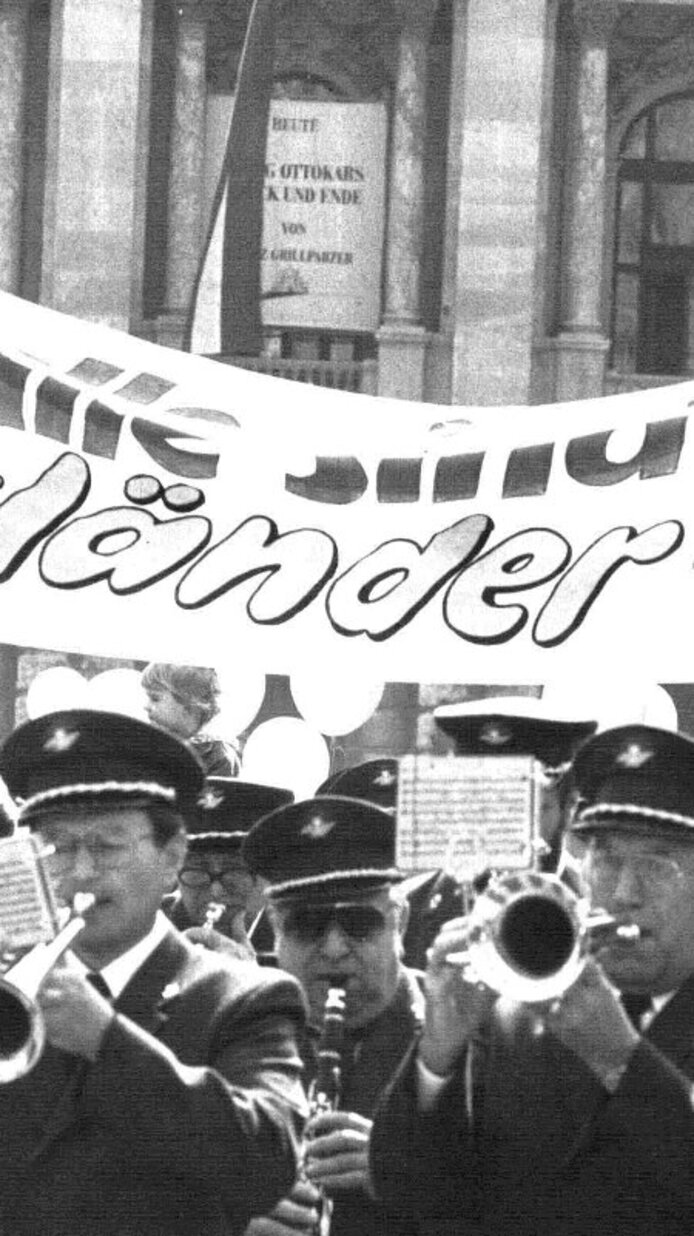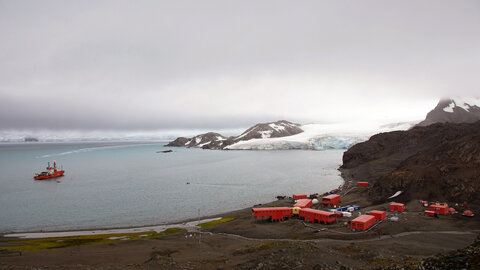The musical map of Vienna
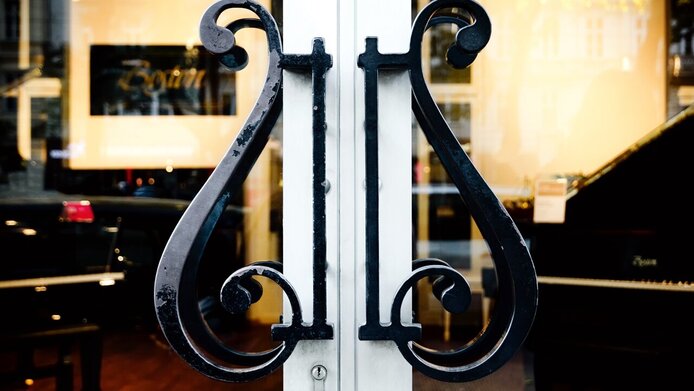
What would Vienna be without music? - Unthinkable! Music shapes the image of Vienna like no other European city. Music history was and still is written here, from waltzes to Viennese songs. This makes Vienna a good example for demonstrating how this sensory medium acts as a design element in an urban context. A recently launched arts-based research project that focuses on the connections between music, politics and society sets out to do just that. “The project centres on how music is functionalized in the service of urban symbol politics”, explains Susana Zapke. She is a prorector at the Musik und Kunst Privatuniversität der Stadt Wien, where she heads the recently founded Department for Science and Research. The FWF-funded project Interactive Music Mapping Vienna seeks to make complex (musical) historical contexts graspable by using the latest technologies. To this end, Zapke brought TU Wien on board. At the TU’s Institute for Software Technologies and Interactive Systems, computer scientists are working on visualisation methods to embed large amounts of data in space and time and to provide an “interactive” experience of history.
Identity and the public sphere
Based on this computer-assisted approach, the interdisciplinary team, which includes members from the fields of history, musicology and computer science, wants to reconstruct the sonic-acoustic world of Vienna from 1945 to the present day. “We are exploring strategies and processes influencing the city’s musical condition in the sense of emotional politics”, relates Zapke in the interview with scilog. Based on archived material such as texts and images, films, TV and radio recordings, the project team is exploring the socio-political and cultural dimensions of public festivities. The events to be analysed range from May Day celebrations and the Austrian National Holiday to the Vienna Festival founded in the 1950s, as well as contemporary events such as the Gay Pride Parade, the Festival of Joy at Vienna's Heldenplatz or the Popfest at Karlsplatz. “The project starts with the year 1945, but we also look further back to understand where continuities and discontinuities come from”, emphasises Zapke.
Exploring the “good old days”
The initial investigations have already unearthed a few finds, as recounted by Kathrin Raminger, a member of the project team. Among other things, the historian came across a review of the 1968 National Holiday event in the Österreichische Musikzeitung. Given the atmosphere of change prevalent at the time, the celebration was supposed to provide a new – albeit not too conspicuous - impetus. This Fest für die Jugend was organised at the Stadthalle concert venue and broadcast by the ORF on public television, which was a novelty at the time. The programme covered a wide variety from jazz to pop songs. The final item, a piece by the composer Robert Schollum, however, could not be performed due to delays occurring in the programme. A lucky turn of events? The fact that people like Robert Schollum, a former supporter of National Socialism, were involved at all in this 1968 event is astonishing, notes the principal investigator Susana Zapke. The many Viennese composers who had emigrated, on the other hand, were overlooked. Instead, in the post-war years one liked to reminisce about the "good old days of yore": movies about the Empress Sisi, waltzes and sentimental pop songs made up the new old sound décor. According to Zapke, the notion of “us” was blatantly emphasised after 1955. “It's good to be among one's own kind again”, is how the musicologist describes the prevailing mood, just as the hit song Wien, Wien nur du allein (Vienna, Vienna, you alone) echoed it.
The sound of the Prater
The Vienna Prater, an amusement park and recreational area, represents a stimulating research laboratory across time and space for the group of researchers. “There are probably no other comparable places in Vienna that had so many songs written about them”, says Susana Zapke. As a place of entertainment and recreation, it lends itself to an exploration of musical practices and ideological coding right up to the present day. From Robert Stolz’ song Im Prater blüh' n wieder die Bäume to the social-democratic festivals of the Sängerbund in the 1920s or the modern interpretation of the Praterlied by Der Nino aus Wien. “The Wiener Lied is a prime example of how long this genre has been around”, says Zapke. There is nothing comparable in other cities. - Slang as a distinctive feature of a city is peculiar to Vienna.
Urban development: a model project
Urban development is connected to the notions of image and perception. Principal investigator Susana Zapke is convinced that music plays an essential part in that context. This is why the project also intends to answer questions about the future development of urban spaces and provide a model for other metropolises. Like a modular kit, the virtual platform is designed to appeal to different target groups who may retrieve different sonic images and their connections in time and space according to their selected topics and interests. – Interactive Music Mapping Vienna wants to provide a multidimensional sensory experience for users to explore the sonic identities of Vienna.
Personal details Susana Zapke studied musicology and literature, as well as piano and double bass in Germany, Austria and France. She teaches and conducts research at the Musik und Kunst (MUK) Privatuniversität der Stadt Wien. She was Prorector at MUK from 2014 to 2018 and head of the Department for Science and Research.
Project website: http://www.musicmapping.at/ Publications
